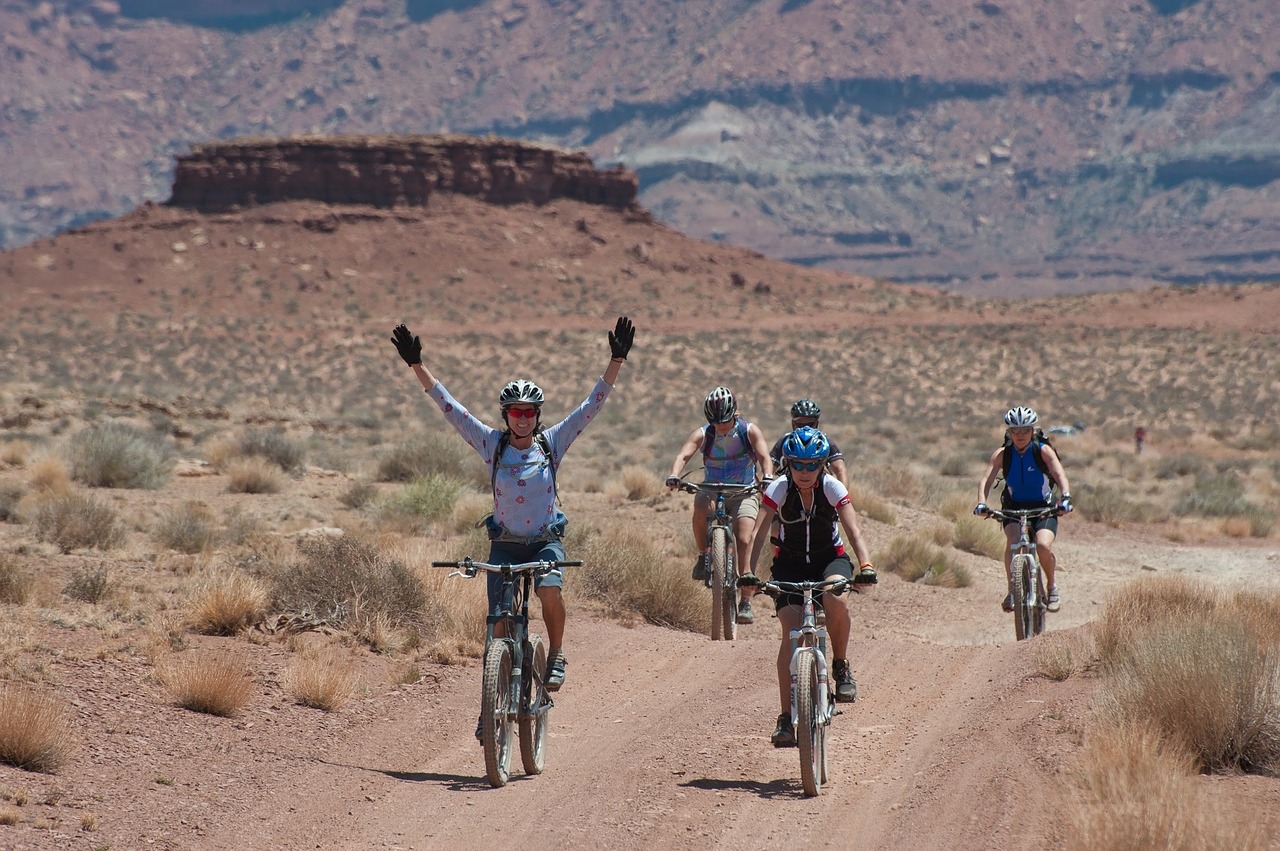
Entering rehab is an achievement in itself, yet approximately 90 percent of recovery survivors have at least one relapse before achieving long-term sobriety. Signs that a setback may be on the horizon include a change in attitude and behavior (from positive to negative), stress, old feelings of denial, withdrawal from social activities, increased cravings, and a loss of judgment and control. Along with continuing a structured program, joining a support group, and getting guidance from your coach, exercise can be a wonderful accompaniment to help you break the cycle of addiction.
Working up a sweat is a great way to manage stressors, triggers and cravings while boosting self-esteem in the process. Here’s how to get started and stay committed to a healthier and happier lifestyle.
Talk To Your Physician First
Drugs and alcohol take a toll on the body from a mental and a physical standpoint, so it’s important to speak to your physician before starting a program. Along with overall weakness, loss of strength and malnutrition, more serious side effects include muscle atrophy (a breakdown of the muscle), cardiovascular disease, liver disease, lung cancer (from smoking illicit substances), and severe cognitive disorders. With that in mind, you’ve got to make sure your health is in check so you’re not overdoing it—especially in the beginning.
Find A Workout You Enjoy
Whether you’re discovering a new workout or you’re revisiting an old one, doing something you enjoy is the key to making fitness a way of life for the long-term, which is a crucial part of maintaining sobriety. While no exercise or sport is off the list, some popular choices for recovery survivors include:
Yoga: Both body and mind are altered from drug and alcohol abuse, so yoga is a great way to strengthen the body while releasing stress and anxiety that could lead to a relapse. If your treatment center doesn’t offer yoga, most cities and towns have studios due to the popularity of the practice—but don’t let finding a location hold you back. Download a yoga app, buy a mat, and head to a peaceful place such as a park, forest preserve, beach or even your own backyard, and take the opportunity to connect with yourself.
Walking/Hiking: While there’s nothing wrong with running, it can be a bit too aggressive at the beginning of recovery. Not to mention, it only takes a 15-minute walk to help curb cravings when they pop up. Walking and/or hiking are also easier to maintain for the long-term, as they are less stressful on the body and can be done with little or no effort. As an added bonus, being outdoors gives your body a much-needed dose of mood-boosting and bone-building vitamin D.
Biking/Swimming: Not only are activities like cycling and swimming also easy to maintain, but they are low-impact, so they won’t put any pressure on the joints even though you’ll be rebuilding vital muscle tissue.
Team Sports: The camaraderie that comes from playing a team sport can aid long-term recovery. Establishing relationships and activities that have nothing to do with drugs or alcohol can help you regain control of your life. Sign up for a league, or get a group of like-minded individuals together, perhaps from your program or support group. Completing physical challenges in a group setting can boost self-esteem, too.
While exercise is definitely a healthier alternative to drugs or alcohol, you have to be careful you’re not trading one addiction for another—especially as feelings of depression and cravings start to subside. That runner’s “high” may seem harmless, but recovery survivors are at risk for becoming compulsive workout junkies. Make sure you’re incorporating other self-care habits such as eating nutritious food, getting enough rest, taking breaks from technology, and journaling about your feelings.
Image: Pixabay
